One of the most important lessons I’ve learned from doing laundry for over 20 years is that the water temperature used for laundry can be the difference between clothes looking bright or fading. Also, the washing temperature can determine the lifespan of garments and how well the detergent works.
In this guide, I share the best washing temperature for different categories of your laundry.
Best Washing Temperature for Clothes

For many people, their regular washing process includes loading in cold or warm water and then running the machine. This isn’t always the best because every fabric has a recommended water temperature. Cold water, for example, doesn’t work on every type of fabric, and in some cases, your clothes may get damaged due to hot water.
Here are some tips you should keep in mind before you wash;
1: First Thing First, Read the Care Label
The label on your cloth will state the optimal washing temperature for that cloth. Care labels tell you everything about how you launder your garment correctly, including how to wash and iron. For this reason, it’s best to go through the care label to know the recommended water temperature.
2. Know The Wash Temperature Symbol:
A tub icon with dots symbolizes the wash temperature on the care label. One dot means cold, two means warm, and three means hot.
Cold Water = Between 60oF to 80oF or 16oC to 27oC
Warm Water = Between 90oF to110oF or 32oC to 43oC
Hot Water = 130oF or 54oC and above.
3. When in Doubt, Use Cold Water
If the care label is missing, you should opt for the cold setting to reduce the risk of shrinking and fading. If this doesn’t work, then you can try out warm water.
4. Treat Stains Before Washing
Regardless of the temperature, you will be using it for your wash; it’s always important to inspect your clothes for stains. If you notice any stains, treat them using a stain remover or any stain-removing solvent. This is to prevent the stain from setting in or not getting out of the cloth. For instance, hot water will set in protein-based stains like blood, while cold water may not be effective enough to get the stain out.
5. Chill on the Rinse Cycle
Using cold water is a perfect option to rinse all your clothes. Cold water rinses reduce shrinkage and wrinkling of delicate clothes, prolong cloth life, and save energy used per load.
Water Temperature Guide for Laundry
There is no perfect washing temperature for clothes. It all depends on the color, fabric type, and how dirty the cloth is. Here are some common water temperature and what it means:
Hot Water
Hot water is at or above 130oF, and it’s best for very dirty clothes, provided the fabric isn’t delicate. Hot water is also best for rags, diapers, dishcloths, and soiled clothes. This water temperature will ensure all the soil and germs are out of the clothes. Also, it’s advised to wash whites in hot water to keep their colors bright.
Meanwhile, washing clothes with hot water can cause shrinkage and fade over time. For this reason, it’s best not to wash your delicate materials in hot water to prevent damaging their fibers.
Pros:
- It kills germs and bacteria better
- Suitable for removing tough stains
- Dissolves detergent better
- Removes build-up from
Cons:
- Can set-in stains like blood and paint if not treated first
- Causes shrinkage of delicate materials
- Can cause fading of colored items
- More expensive and not energy efficient
Warm Water
Warm water usually has a temperature of around 90oF and is best for most clothes, including jeans and cotton. Unlike hot water, warm water doesn’t cause as much shrinkage and fading. However, fabrics like Polyester and Viscose are not good in a warm water wash.
Pros:
- Best for blended materials and items washed on a permanent press like spandex, nylon, polyester, and rayon.
- Warm water is a perfect mixture of hot and cold water, so it doesn’t cause shrinkage or fade.
Cons:
- It May not work for heavily soiled materials
- Not suitable for removing bacteria
Cold Water
Cold water is around 80oF and is an excellent option for colored fabrics and dark colors. You should also wash clothing containing dyes or prone to bleeding in cold water. Also, cold water is very good for washing delicate materials to protect their fibers.
The drawback to using cold water is they may not be able to remove heavy dirt from soiled clothes. For this reason, you must pre-soak soiled clothes in cold water before washing them as normal. Also, washing in cold water takes a lot of detergents compared to hot and warm water.
Pros:
- Very energy efficient and saves money
- Best for delicate and colored fabrics
- Prolongs clothing lifespan
Cons:
- Doesn’t dissolve detergent well (if you do a lot of cold washes, consider using a formulated cold water laundry detergent)
- Not suitable for soiled or very dirty clothes
- Can cause build-up in the machine over time
Best Washing Temperature for Whites
The hottest water the cloth can handle is the best washing temperature for white clothes. Meanwhile, you must ensure your whites can withstand the hot temperature before proceeding. Generally, white cotton or whites with stains are best washed in hot water.
Best Washing Temperature for Dark Clothes
Dark clothes and clothes with dyes should be washed with cold water. This is to preserve their colors and prevent them from bleeding out. Also, use the shortest cycle on your machine for dark colors, and don’t forget to sort out dark clothes and wash them separately from white fabrics.
Note: During winter, your washer water temperature can drop low, so you can consider using the warm setting if you live in areas with chilly winters.
Best Washing Temperature for Colored Fabrics
Colored fabrics and dyed clothes can start fading after using hot water. A good idea is to perform a colorfastness test on clothes before washing them with hot water. To do this, soak a damp white cloth or cotton wool in hot water and dab a hidden area of your fabric. If the color stains the cotton wool, then hot water is a bad idea. In most cases, cold water is best for brightly colored fabrics. The lowest temperature is 20oC, so you should use between 20oC to 30oC for best results.
Best Washing Temperature for Linens
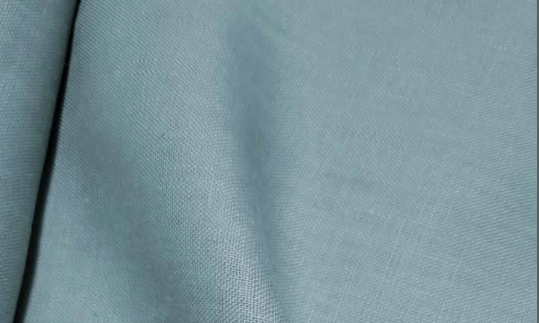
Linen clothes are best washed in lukewarm clothes. As a rule of thumb, white linen requires a washing temperature of 60oC and no more than 40oC for colored ones. Linen is prone to shrinkage, so avoid using hot water except if stated otherwise on the care label.
Best Washing Temperature for Silk and Wools
Wash your washable silks and wool in cold water to protect their fibers. When washing with a machine to the coolest washing set (20-30oC). Also, confirm from the care label if you can tumble dry your wool fabric.
Best Washing Temperature for Polyester
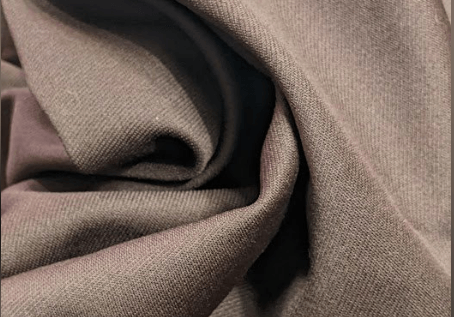
Synthetic fabrics like polyester can shrink at high temperatures, so we recommend you wash your polyester fabrics with warm or cold water. Do not go beyond 40oC for your polyester fabrics, so you don’t wear down the material.
Best Washing Temperature for Cotton
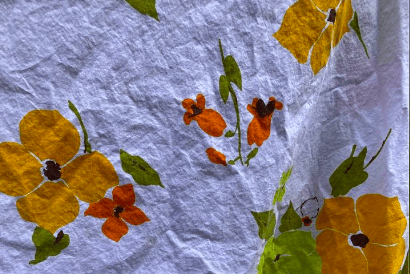
White cotton clothes can be washed in hot water; however, colored ones are best washed in cold water. It’s generally recommended to wash your cotton below 60oC to reduce the chance of shrinkage. Also, 100% cotton clothes can suffer shrinkage from hot water so stick to below 60oC.
Best Washing Temperature for Soiled Clothes
When dealing with soiled clothes, it’s best to use hot water. This high temperature will effectively remove dirt, bacteria, and germs. If you are dealing with soiled clothes with a care label indicating cold, you may need to presoak them before washing.
Best Washing Temperature for Denim/Jeans

The best water for jeans is warm water because it effectively washes out stains without causing much fading or shrinkage. To keep your jeans in color, don’t wash them at a temperature of more than 40oC. Also, consider using your washing machine with a jean cycle.
Best Washing Temperature According To Clothes Type
Here is the recommended water temperature to wash some clothes types:
Lingeries and Gym Wears
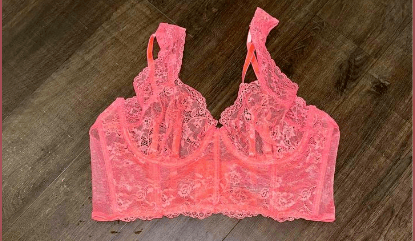
All lingeries and gym clothes should be washed in a cold setting and delicate cycle. You may be tempted to wash your soiled leggings in hot water, but it’s bad for spandex materials. Cold water helps maintain the elasticity of your spandex wear. If your spandex is very dirty or soiled, consider pre-soaking it in cold water before washing.
Bed Sheets
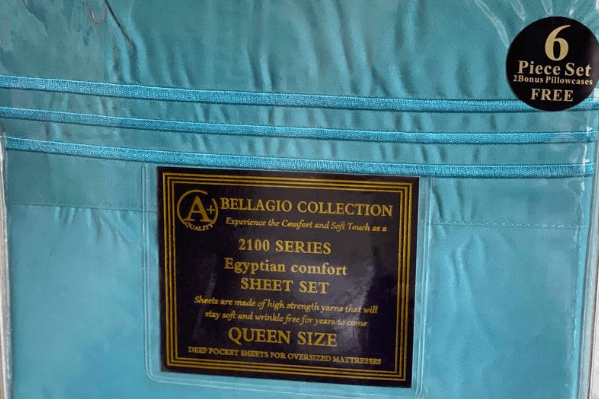
The temperature you wash your bed sheet will usually depend on the type of material used. But, the general washing temperature for bed sheets, linens, and the duvet is 60oC. This is because they are heavy materials and need deep cleansing to get the dirt out.
Towels

It would be best to wash your towels at a warm temperature of 40-50oC to remove dirt and mold. Although, a 60oC wash will be better at eliminating germs and bacteria.
Baby Clothes
Baby clothes need warm water so aim for the 30oC to 40oC wash program. Also, you can try out the baby clothes option on your machine if it has.
Diapers
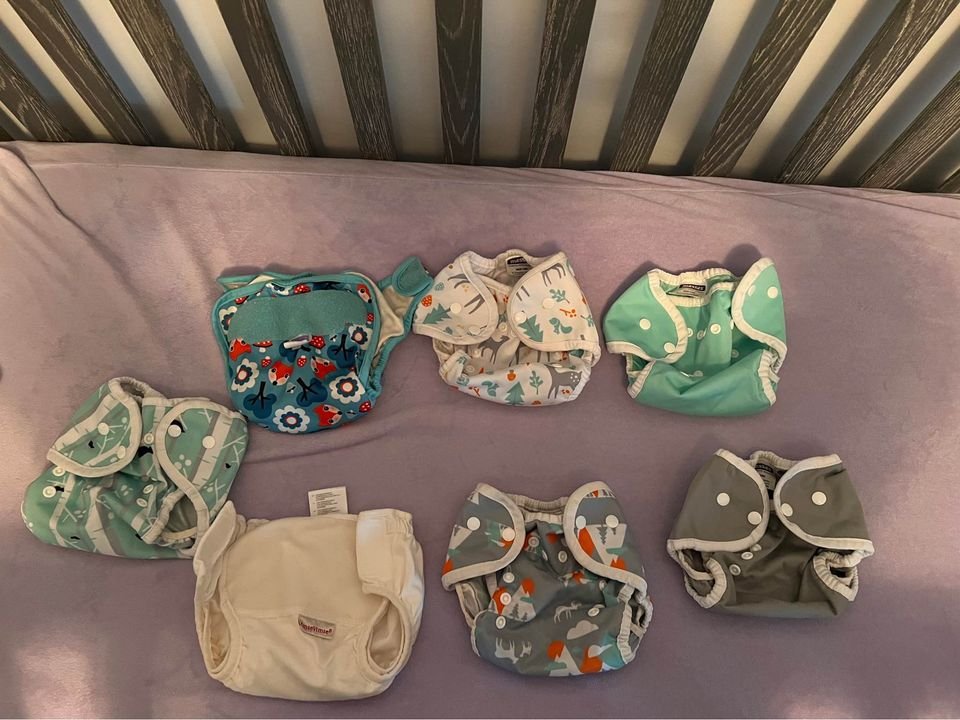
Baby diapers are always filled with urine, which has a strong smell and may also contain germs. Therefore, we recommend washing baby diapers on the hottest water setting of your machine.
Washing Machine Temperature Guide
Here is a quick guide if you are confused about which water temperature to use on your washing machine. Washing machine temperatures are usually at 20oC, 30oC, 40oC, 50oC, 60oC, and 90oC. Here is what your washing machine water temperature means:
- 20oC
This is usually the lowest temperature program on washing machines, and it’s a good option to save energy. Washing at 20oC saves you the running costs of your washing cycle but uses a lot of detergents. This means, if you wash a lot at this temperature, you will be left with a lot of detergent and grease build-up. Also, you will need to regularly clean up your machine or even prevent mold from building up. However, This temperature is best for lightly soiled and delicate materials like silk and underwear.
- 30oC
The cost of washing at 30oC is slightly higher than 20oC, but it’s a good temperature to wash clothes, especially delicates. Wools, silks, colored fabrics, and items prone to shrinkage and fading are best washed at this temperature. Meanwhile, you’d need a good detergent to accompany your wash for the best results at this temperature.
- 40oC
40oC is one of the most used temperatures to wash clothes in many households. washing machine. However, this temperature is unsuitable for soft and delicate fabrics like silk. This lukewarm temperature is best for blended fabrics like wool mixture and polyester/cotton blends. It’s also a good option for cotton, acetate, and acrylics.
- 50oC
This temperature best cleans out stains from mixed materials, linens, and cotton. Generally, anything you can wash at this temperature can be washed at 40oC, provided you use a good detergent.
- 60oC
This temperature is great for getting rid of dirt and bacteria but ensures you only use it on clothes that can withstand hot temperatures. Beddings, towels, duvets, and items that can withstand hot temperatures are best washed at 60oC. Note that you need very good detergent to get bacteria out, and if you are specifically looking to get bacteria out, you should use the 90oC setting. Also, 60oC has higher running costs compared to cold temperatures.
- 90oC
This is usually the hottest setting on the washing machine, and it should be reserved for clothes that can withstand hot temperatures. 60oC is generally suitable for heavily soiled clothes, stubborn stains, whites, cotton, and bacteria removal. Hot water can cause shrinkage and fading, so ensure you read the label on the cloth to be sure this temperature is appropriate.
How To Know If Your Machine Temperature Setting is Correct
Sometimes, the machine temperature setting may not work correctly, and here are some tips to check it on top loader machines:
- Turn your washing machine to the desired temperature and use a thermometer over the water.
- If the thermometer doesn’t read the labeled temperature, there might be a problem.
Why You Should Wash With The Right Wash Temperature
Taking note of your clothes wash temperature is essential so you don’t damage your clothes through shrinking or fading. Also, washing at the wrong temperature can leave your clothes with odors and bacteria.
